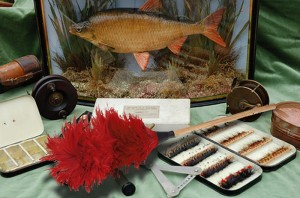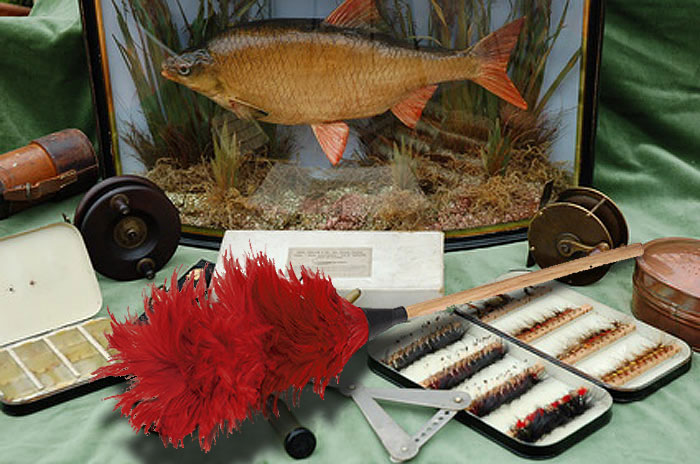Simply because a hide has been preserved and mounted doesn’t mean that it won’t require any further care. While trophies that exhibit better quality work tend to not require as much maintenance as those with careless or shoddy workmanship, all trophies will eventually need to be taken care of, and possibly even refurbished. However, by taking into account the kinds of things that can cause a trophy to degrade over time, it’s possible to avoid most common types of damage.
 An ounce of prevention is worth a pound of cure, so the best way to take care of your trophy is to keep it from needing any extra maintenance in the first place. Keeping mounts in climate controlled areas, away from dampness, and out of sunlight will go far in preserving the integrity of the hide, the hair, and the coloring. Cool, dry places away from light are the best places for trophies. Excessive dampness can lead to mold and mildew, while overly hot, dry conditions can desiccate the hide and cause it to crack or split. Dust and skin oils will discolor fur or hair, so mounted animals should be given frequent gentle dusting, and not touched more than absolutely necessary. While discoloration won’t actually damage the hair, it will make it look dirty, and it can be very, very difficult, if not completely impossible, to remove. Dirty hides don’t look realistic, so poor trophy hygiene can ruin the effect of even the best taxidermy. Like any other piece of expensive decorative artwork, a trophy should be kept and handled the same way one would treat a fine, valuable painting.
An ounce of prevention is worth a pound of cure, so the best way to take care of your trophy is to keep it from needing any extra maintenance in the first place. Keeping mounts in climate controlled areas, away from dampness, and out of sunlight will go far in preserving the integrity of the hide, the hair, and the coloring. Cool, dry places away from light are the best places for trophies. Excessive dampness can lead to mold and mildew, while overly hot, dry conditions can desiccate the hide and cause it to crack or split. Dust and skin oils will discolor fur or hair, so mounted animals should be given frequent gentle dusting, and not touched more than absolutely necessary. While discoloration won’t actually damage the hair, it will make it look dirty, and it can be very, very difficult, if not completely impossible, to remove. Dirty hides don’t look realistic, so poor trophy hygiene can ruin the effect of even the best taxidermy. Like any other piece of expensive decorative artwork, a trophy should be kept and handled the same way one would treat a fine, valuable painting.
After a trophy has been damaged by sun exposure or the effect of time on poorly-done taxidermy, there’s not much that beginning taxidermy hobbyists or laypeople can do, aside from re-gluing the occasional lost eye. Fortunately, however, there are professionals who have a lot of experience in restoring old, museum-quality taxidermy pieces and antique heirloom trophies, and are able to fix some common problems old mounts run into. Cracked or split hides can be re-glued, and sun-faded fur can be dyed back to its original color. However, many of these fixes are complicated, time-consuming, and expensive, and well worth avoiding if at all possible.There’s also a limit to how many times a hide can be dyed or glued, so the longer a trophy can go between needing maintenance, the better.
Taking proper care of a mounted trophy is fairly intuitive. Excessive handling, sunlight, head, and wetness can cause the hide and fur to degrade, so they should be avoided. Keeping this in mind will allow you to appreciate your fine trophies for decades, without having to resort to expensive refurbishing or repairs.

